Last week I attended the 29th annual symposium at the Human-Computer Interaction Lab at the University of Maryland. The HCIL is famous for a little thing known as the treemap, created by the founder of the lab, Ben Shneiderman. It’s famous for lots of other visualizations and people too, but it’s best known for the treemap.
The annual symposium is put on by the lab to showcase it’s latest and greatest research. I sometimes forget that HCIL focuses on things other than visualization, so I had to sit, confused, through a few talks before I realized they weren’t about visualization (“Where’s the viz?” I was thinking). I won’t fault them for not being all about dataviz; the Social Network Analysis Strategies for Surviving the Zombie Apocalypse by lab Director, Jen Golbeck, was thoroughly entertaining and insightful work regarding social networks.
Read More


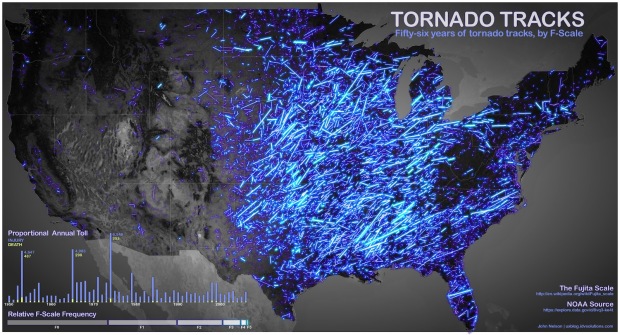
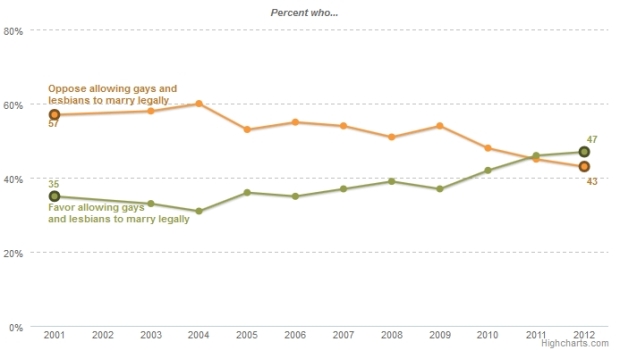
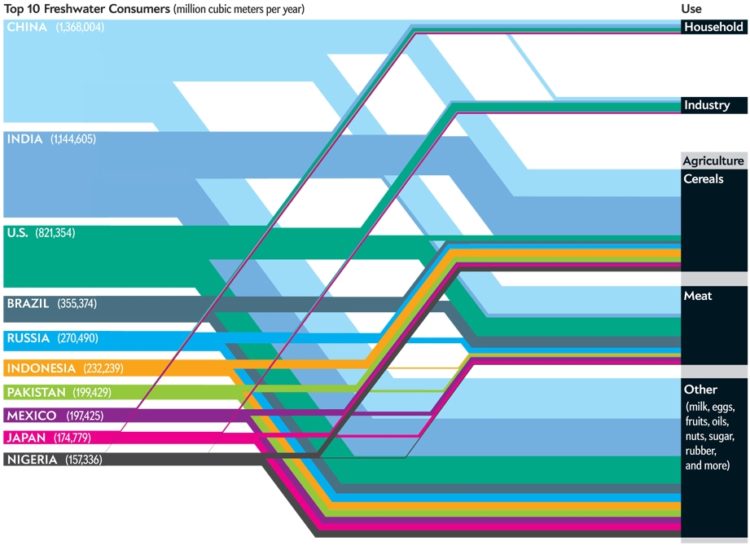
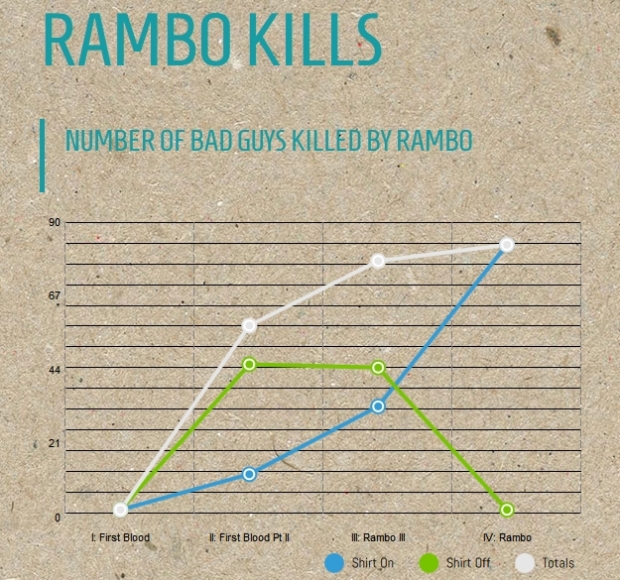


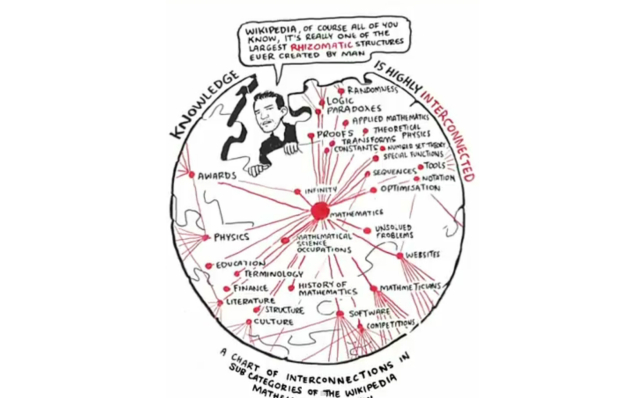

 Visualize This: The FlowingData Guide to Design, Visualization, and Statistics (2nd Edition)
Visualize This: The FlowingData Guide to Design, Visualization, and Statistics (2nd Edition)










